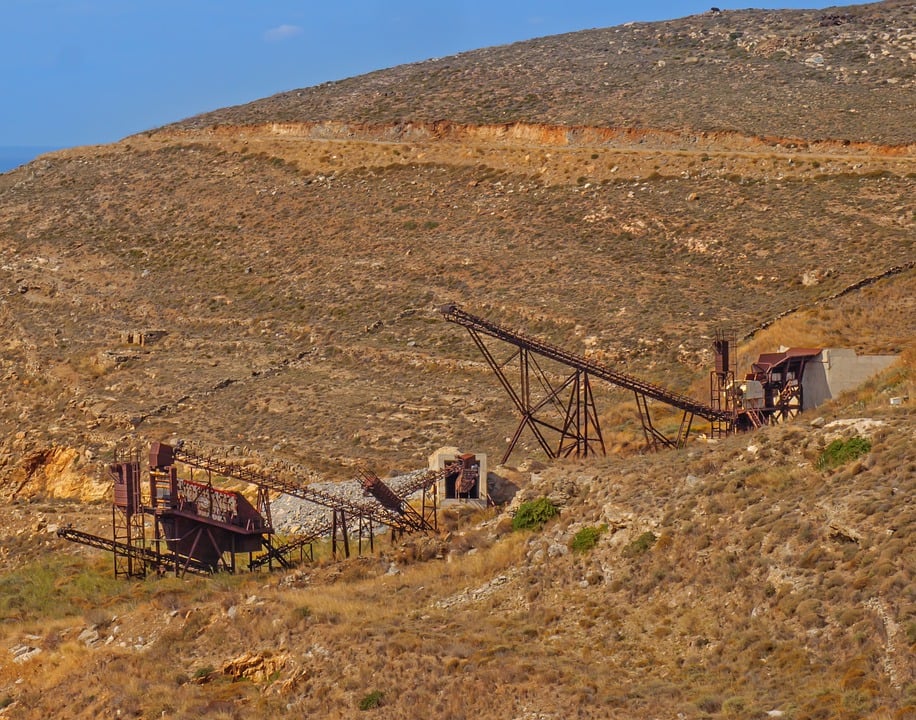Introduction
Building bridges to the future is a concept that emphasizes the importance of community legacy in shaping tomorrow. This idea acknowledges the impact of past actions, traditions, and values on the future development of society. By understanding and preserving the foundations laid by previous generations, communities can ensure a prosperous future for generations to come.
Understanding Community Legacy
Community legacy refers to the traditions, values, and resources that have been passed down from one generation to the next. This legacy shapes the identity and culture of a community, as well as its collective memory and sense of belonging. By recognizing and honoring their legacy, communities can build a strong foundation for future growth and development.
Preserving Historical Landmarks
One way that communities can honor their legacy is by preserving historical landmarks and buildings. These physical reminders of the past serve as a link to history, connecting present generations to those who came before. By protecting and maintaining these landmarks, communities can ensure that future generations will be able to learn from and appreciate their heritage.
Documenting Oral Histories
Another important aspect of preserving community legacy is documenting oral histories. By recording the stories and memories of older generations, communities can pass down valuable knowledge and insights to future generations. These oral histories provide a unique perspective on the past, shedding light on the experiences and challenges faced by previous generations.
Fostering Intergenerational Connections
Building bridges to the future also involves fostering intergenerational connections within communities. By bringing together people of different ages, backgrounds, and experiences, communities can create a rich tapestry of perspectives and insights. These connections help to bridge the gap between past and present, ensuring that valuable knowledge and traditions are passed down through the generations.
Engaging Youth in Community Activities
One way to foster intergenerational connections is by engaging youth in community activities. By involving young people in civic events, volunteer projects, and cultural programs, communities can help them develop a sense of ownership and pride in their heritage. This involvement also allows older generations to share their wisdom and experiences with the next generation, creating a sense of continuity and connection.
Creating Mentorship Programs
Mentorship programs are another valuable tool for building bridges between generations. By pairing older adults with younger individuals, communities can facilitate the sharing of knowledge, skills, and experiences. These mentoring relationships not only benefit the mentees by providing guidance and support, but also offer the mentors a sense of purpose and fulfillment.
Embracing Diversity and Inclusion
Building bridges to the future also requires embracing diversity and inclusion within communities. By celebrating the unique backgrounds, traditions, and perspectives of all community members, communities can create a more welcoming and inclusive environment. This diversity enriches the fabric of society, allowing for greater innovation, creativity, and collaboration.
Supporting Minority Communities
One way to promote diversity and inclusion is by supporting minority communities within a larger community. By recognizing and addressing the unique needs and challenges faced by minority groups, communities can ensure that everyone has the opportunity to thrive. This support can take many forms, from providing access to resources and services to advocating for social justice and equality.
Promoting Cultural Exchange
Cultural exchange is another effective way to embrace diversity and inclusion. By encouraging the sharing of traditions, music, food, and art from different cultures, communities can foster understanding and appreciation among community members. These exchanges help to break down barriers and stereotypes, building bridges between people from different backgrounds.
Conclusion
Building bridges to the future requires a commitment to honoring and preserving community legacy, fostering intergenerational connections, and embracing diversity and inclusion. By valuing the traditions, values, and resources passed down from previous generations, communities can create a strong foundation for future growth and development. Through intergenerational collaboration, mentorship, and cultural exchange, communities can bridge the gap between past and present, shaping a brighter tomorrow for all. By building bridges to the future, communities can ensure a legacy that will endure for generations to come.
